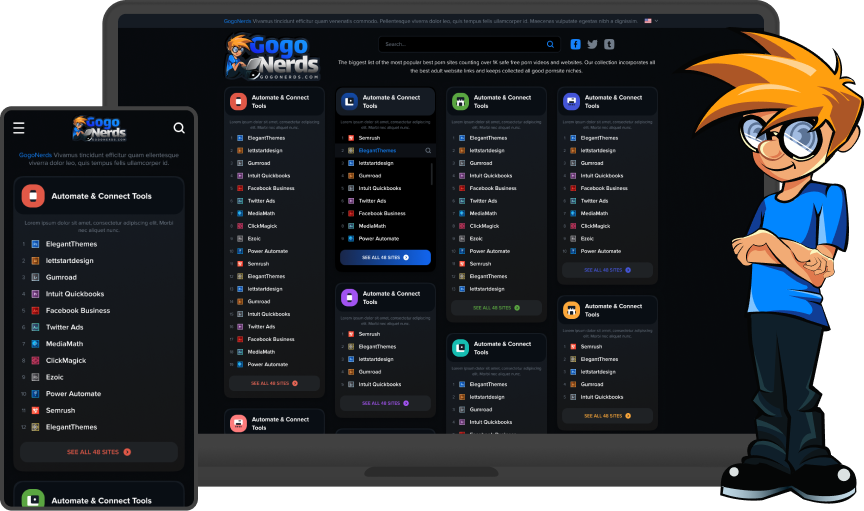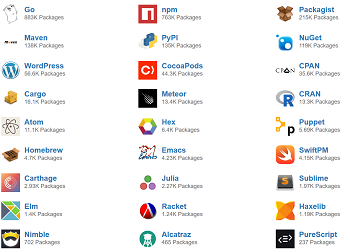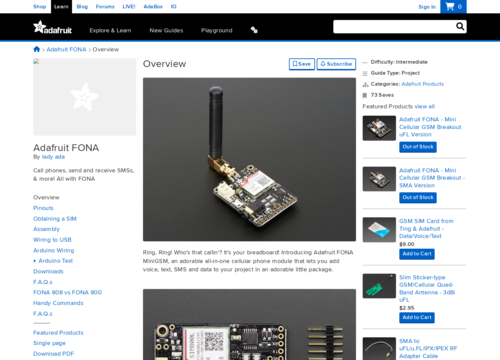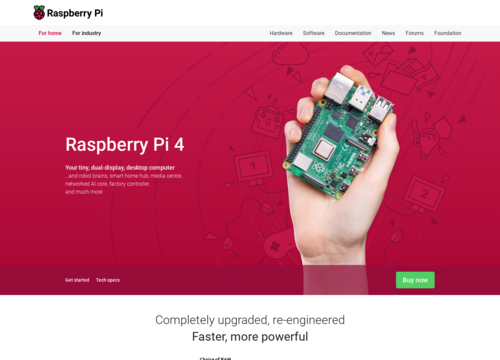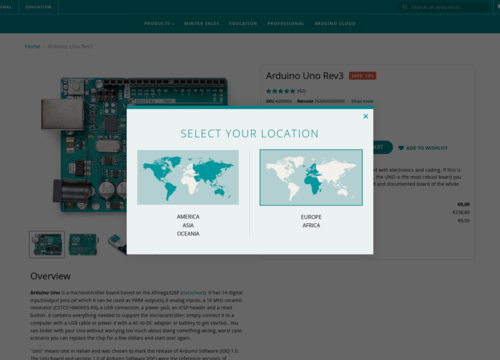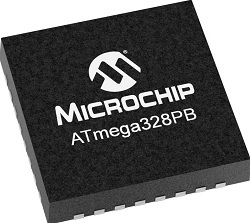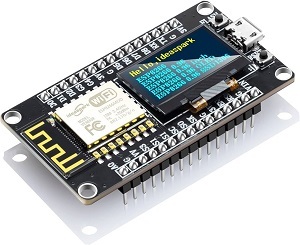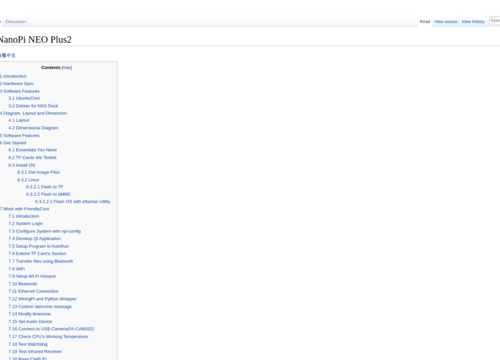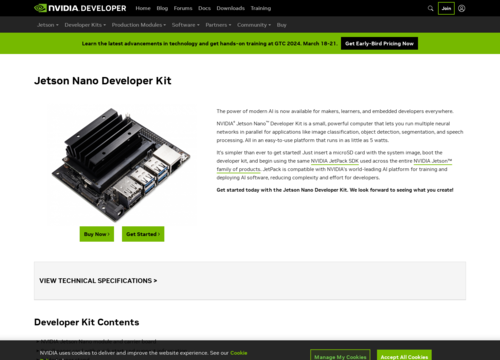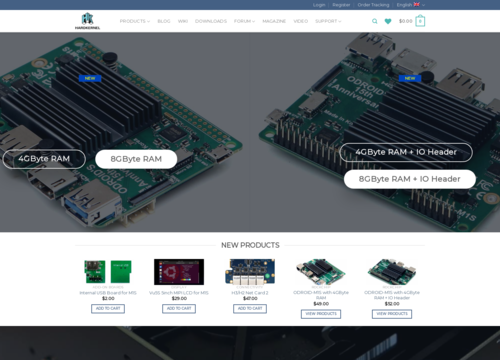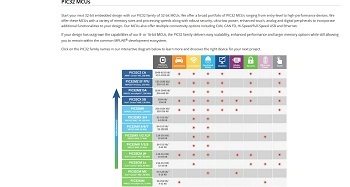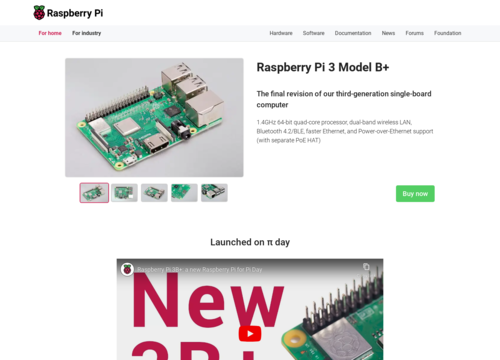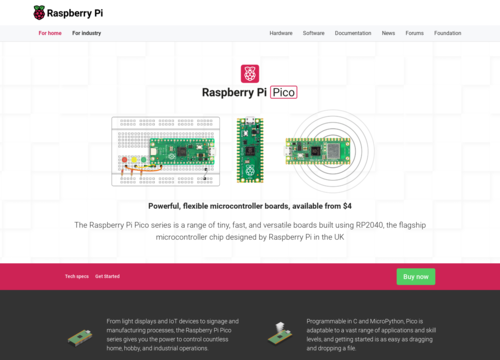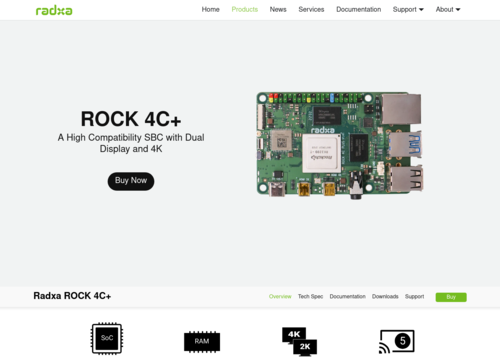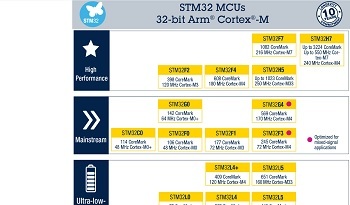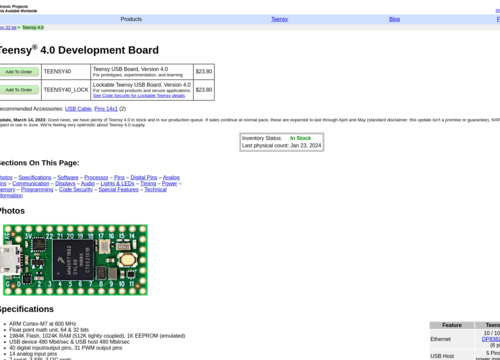Arduino Pro Mini 328
https://docs.arduino.cc/retired/getting-started-guides/ArduinoProMini/Arduino Pro Mini 328
The Arduino Pro Mini 328 is a compact microcontroller board based on the ATmega328 microchip. It is part of the Arduino family and is widely popular in the fields of electronics and prototyping due to its ease of use and open-source nature.
Microcontroller
At its core, the Pro Mini 328 utilizes the ATmega328 microcontroller. This chip is quite powerful for its size and is the same as that used in Arduino Uno. It operates at 16 MHz, which is sufficient for a wide range of projects.
Size and Form Factor
One of the most notable features of the Pro Mini is its small size. It measures just 33 × 18 mm, making it one of the smallest Arduino boards available. This tiny footprint is ideal for projects where space is at a premium.
Power Supply
The Pro Mini can be powered via its RAW input with a voltage range of 3.35-12 V, but typically, a 5 V or 3.3 V regulated power supply is used depending on the version. It does not have an onboard USB port for power or programming; instead, it requires an external USB-to-serial adapter.
I/O Pins
The board offers 14 digital input/output pins (of which 6 can be used as PWM outputs) and 8 analog inputs. This number is slightly less than that of larger Arduino boards but still ample for many applications.
Programming
As mentioned, the Pro Mini does not have a built-in USB-to-serial interface. To program it, you need an external USB-to-serial adapter or another Arduino board configured as an ISP (in-system programmer). Once connected, you can upload sketches using the Arduino IDE, similar to other Arduino boards.
Memory
The ATmega328 chip provides 32 KB of flash memory for storing code (with 0.5 KB used for the bootloader), 2 KB of SRAM, and 1 KB of EEPROM. This approach is typically sufficient for many simple to moderately complex projects.
Applications
The Pro Mini is particularly popular for wearable tech, small-scale robotics, and projects where a compact, no-frill microcontroller is needed. Its small size means that it can be embedded in a variety of objects without adding much bulk or weight.
Power consumption
One of the advantages of the Pro Mini is its low power consumption, which renders it suitable for battery-powered applications. Moreover, large boards lack some of the power-consuming components, such as a USB interface, which helps extend battery life in projects.
Community and Support
As with other Arduino boards, the Pro Mini benefits from a large community of users and extensive online resources. These include tutorials, project ideas, libraries, and forums for troubleshooting.
Cost-effectiveness
The Pro Mini board is generally more affordable than some of the larger Arduino boards, making it a cost-effective solution for projects where the additional features of larger boards are not necessary.
Versatility in Projects
Despite its small size, the Arduino Pro Mini 328 is highly versatile. It is used in a broad spectrum of DIY projects, ranging from simple LED light controls to more complex projects such as miniature drones, environmental monitoring sensors, and Internet of Things (IoT) devices. Its small footprint allows it to be integrated into projects where larger Arduino boards would be impractical.
Connectivity
Because the Pro Mini does not have built-in connectivity features such as WiFi or Bluetooth, it can easily be expanded with external modules. This approach enables the integration of the Pro Mini into IoT projects or any application that requires wireless communication.
Analog-to-digital converter (ADC)
The board includes a 10-bit apparent diffusion coefficient (ADC) that can be used to read analog sensors, making it suitable for various sensor-based applications. This feature is particularly useful in projects involving environmental monitoring, where parameters such as temperature, humidity, or light levels need to be measured.
Clock Speed Variants
The Arduino Pro Mini consists of two variants based on clock speed—one that operates at 5 V/16 MHz and the other at 3.3 V/8 MHz. The 3.3 V version is particularly useful for battery-powered or power-sensitive applications.
Customizability and Hacking
Due to its simple and open-source nature, the Pro Mini is highly customizable. Experienced users often hack or modify the board to better fit their specific needs, which can include removing the power LED or regulator to reduce power consumption further.
Onboard LED
The Pro Mini has an onboard LED connected to digital pin 13. This approach is useful for basic testing or simple outputs without the need for external components.
Lack of Onboard Debugging
Unlike some of the more advanced Arduino models, the Pro Mini does not have onboard debugging capabilities. This means that debugging must be performed through external means, typically via serial output to a computer.
Power Regulation
The board includes a voltage regulator, allowing it to accept a range of input voltages without damaging the microcontroller. However, care must be taken not to exceed the recommended voltage limits to prevent overheating or damage.
Community Projects
The popularity of Pro Mini means that there are countless project examples and libraries available online. This vast resource pool is extremely beneficial for beginners who can learn from existing projects and for experienced users seeking inspiration or technical solutions.
Educational Use
In education, the Pro Mini is often used to teach the fundamentals of electronics and programming. Its simplicity forces students to learn basic electronics (such as how to use a breadboard for connections), and its affordability makes it accessible for educational institutions.
The Arduino Pro Mini 328 is a highly capable, versatile, and cost-effective microcontroller that is suitable for a wide range of applications. Its small size, coupled with the power of the ATmega328, makes it an excellent choice for projects where space and power efficiency are critical. The extensive support from the Arduino community further adds to its appeal, making it a popular choice for hobbyists, educators, and professionals alike.

